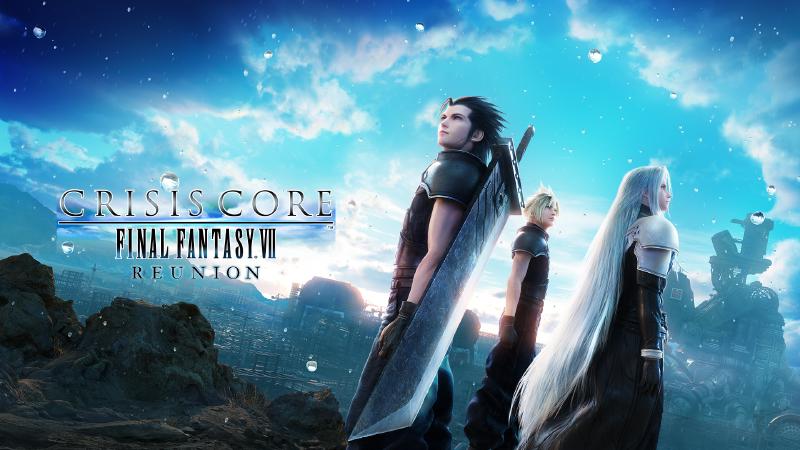As someone who never played the PSP original and after the resounding success of the Final Fantasy VII Remake, I was excited to finally experience the prequel to one of gaming’s (and my own) most beloved classics. However, I feel a lot of what made this game special for so many is lost on me because of the modern lens that I see it through.
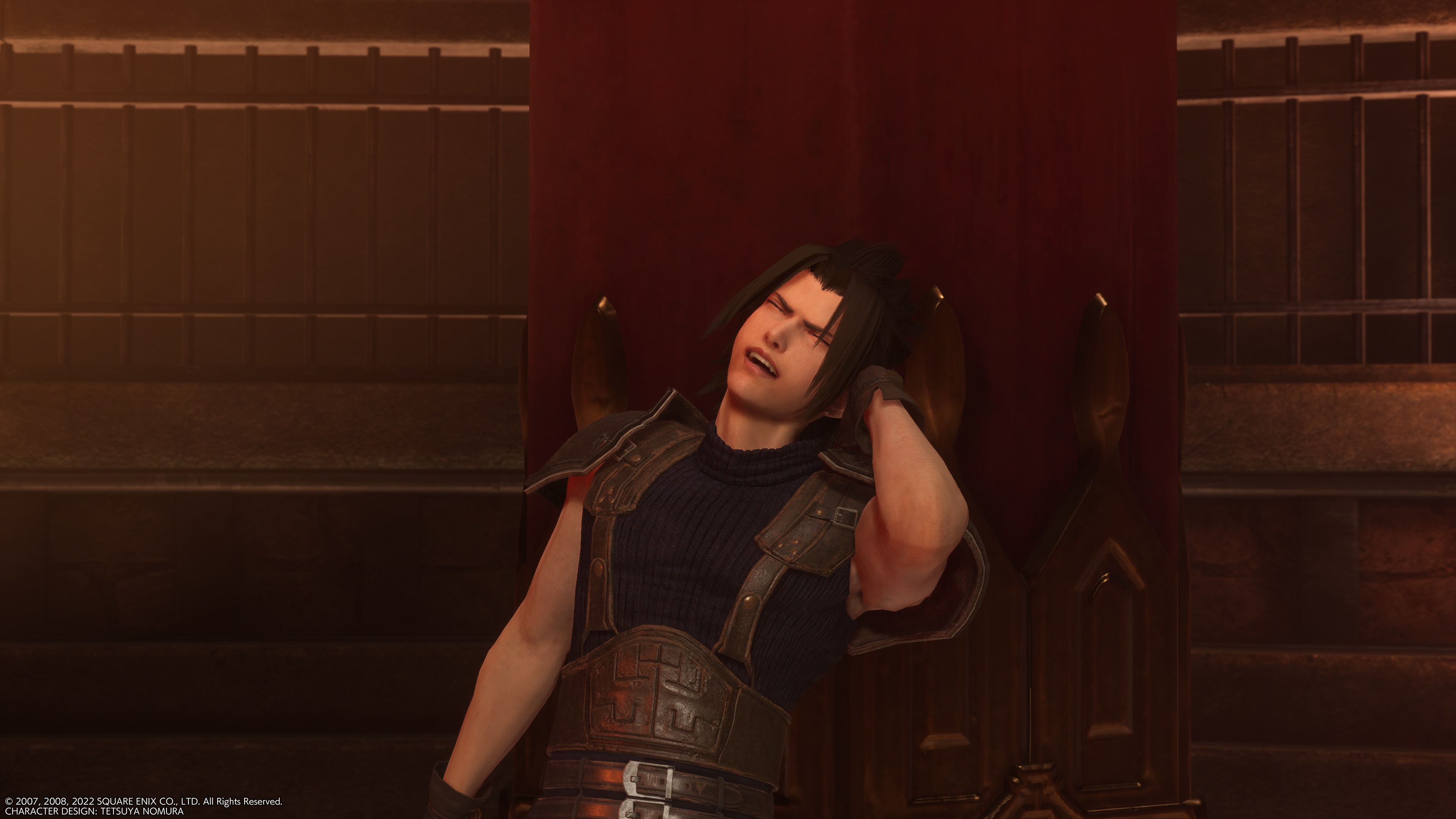
Crisis Core Reunion follows Zack Fair, member of SOLDIER (A paramilitary group under the control of the SHINRA ELECTRIC POWER COMPANY) as he chases his dream to become a hero while uncovering the dark secrets of his employer. Unlike its 2020 counterpart, Reunion is NOT a remake and is instead a polished rerelease of the original events of Crisis Core from 2007. As such, a great deal of the games mechanics and features still retain their original qualities… for better or worse.

The game at its core is an action role playing game much like Kingdom Hearts with an added, tenuous link to luck controlling your combat potential and progression. Spending some time in the hub world of Midgar and its surrounding areas, you’ll unlock new missions and events by talking to NPC’s and progress the story via instanced dungeons. Reunion is a time capsule-like experience of an era where portable games were starting to have the capacity to be as detailed as their home console counterparts, but lacked the capability to be as content-rich and were forced to dive into repetition and steep difficulty curves to make up for it.
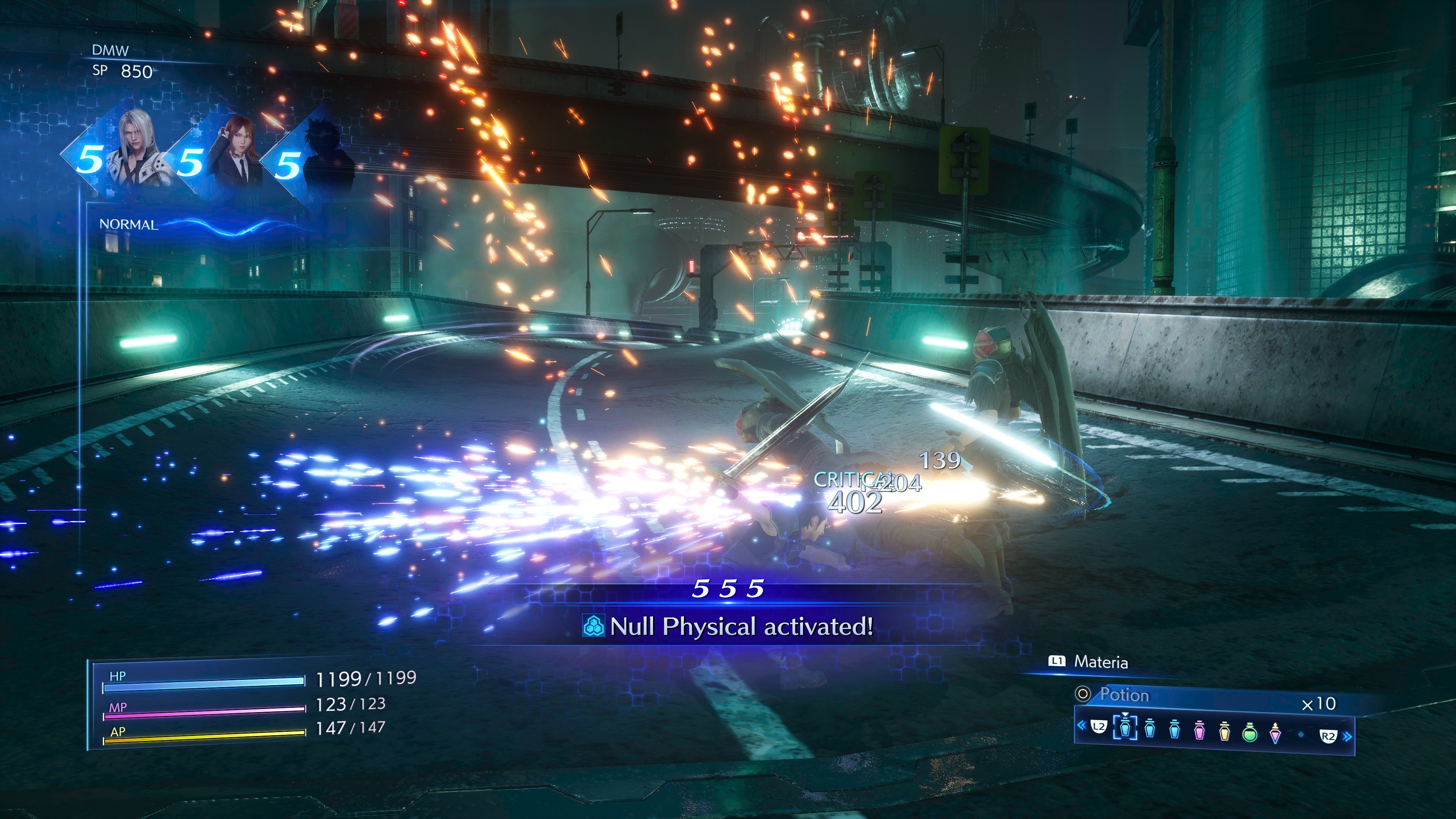
It is not a stretch to say that Crisis Core throws some atypical ideas at the metaphorical wall and experimented with iconic Final Fantasy themes in unusual ways. Most notably, the autonomous slot machine named the Digital Mind Wave (DMW), this slot machine-like mechanic grants combat buffs, level ups and new attacks upon a successful line-up. Initially, the idea of leaving so much of your stat progression to chance for a completionist like myself was a worrisome concept but, curiously enough there is a secondary mechanic that proved itself to be more effective.

Materia once again returns as a source of spells, abilities, and passive upgrades in battle. Gained most reliably from battle spoils, stores, and mission rewards, Zack can equip up to 6 materia - each assigned to its own button combination. Materia are not particularly powerful on their own and require “Fusing” to evolve into higher forms and include stat upgrades up to a threshold of 100 extra points in ATK, VIT, MAG, SPR, LCK and 9.9x higher for HP, MP and AP (Which is vastly more effective than levelling up). Fusion comes at the cost of a special currency called SP which is earned from successful enemy kills, DMW jackpots and recycling the endless drops of materia. This does however become incredibly expensive and the materials required grow rarer to acquire. Combined with the arbitrary DMW, trying to keep Zack on par with the difficulty spikes can be a hair pulling experience, even guides recommend leaving the game on in the background during the training missions to let the slots play and hopefully net you some upgrades in the process.
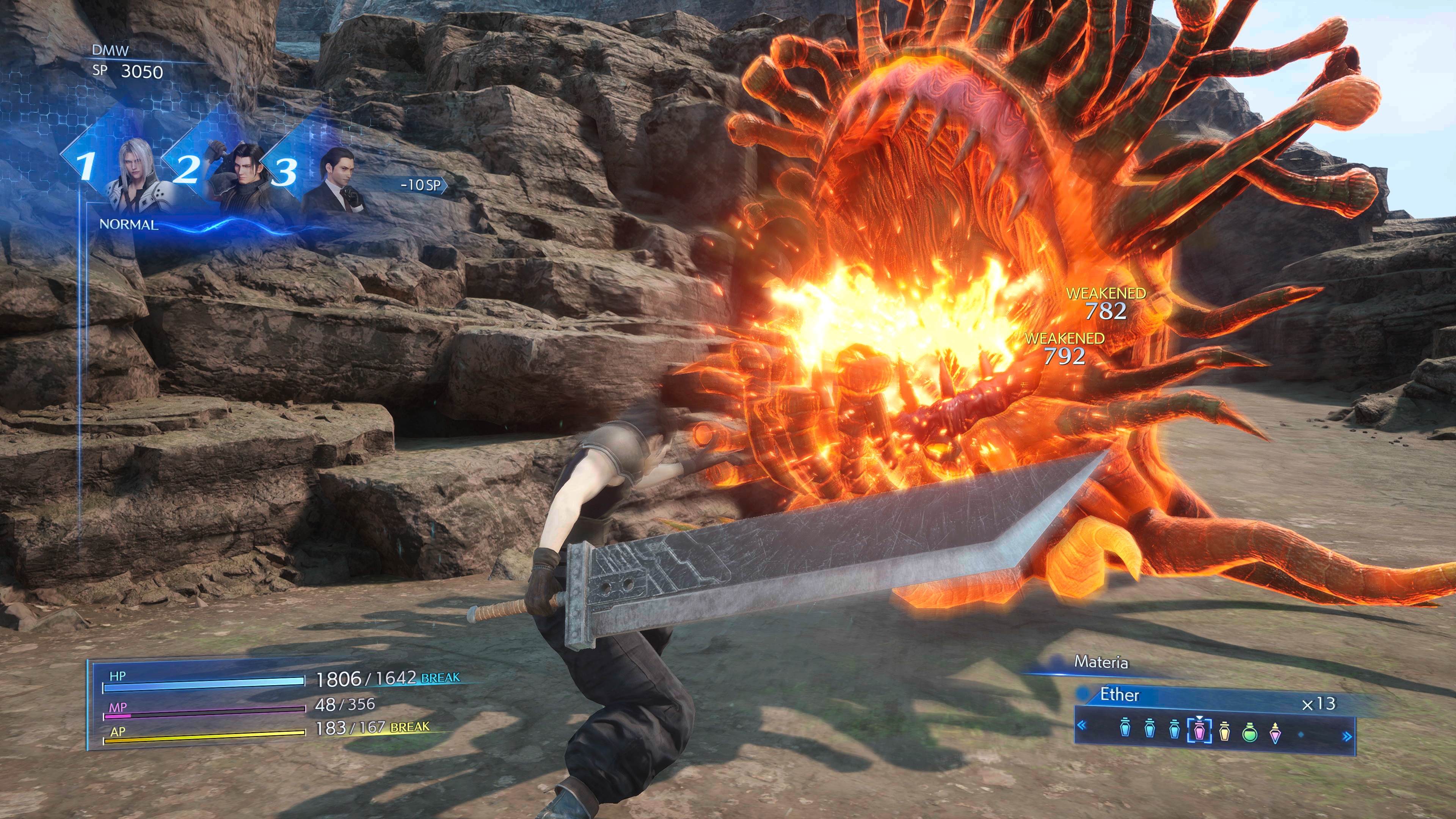
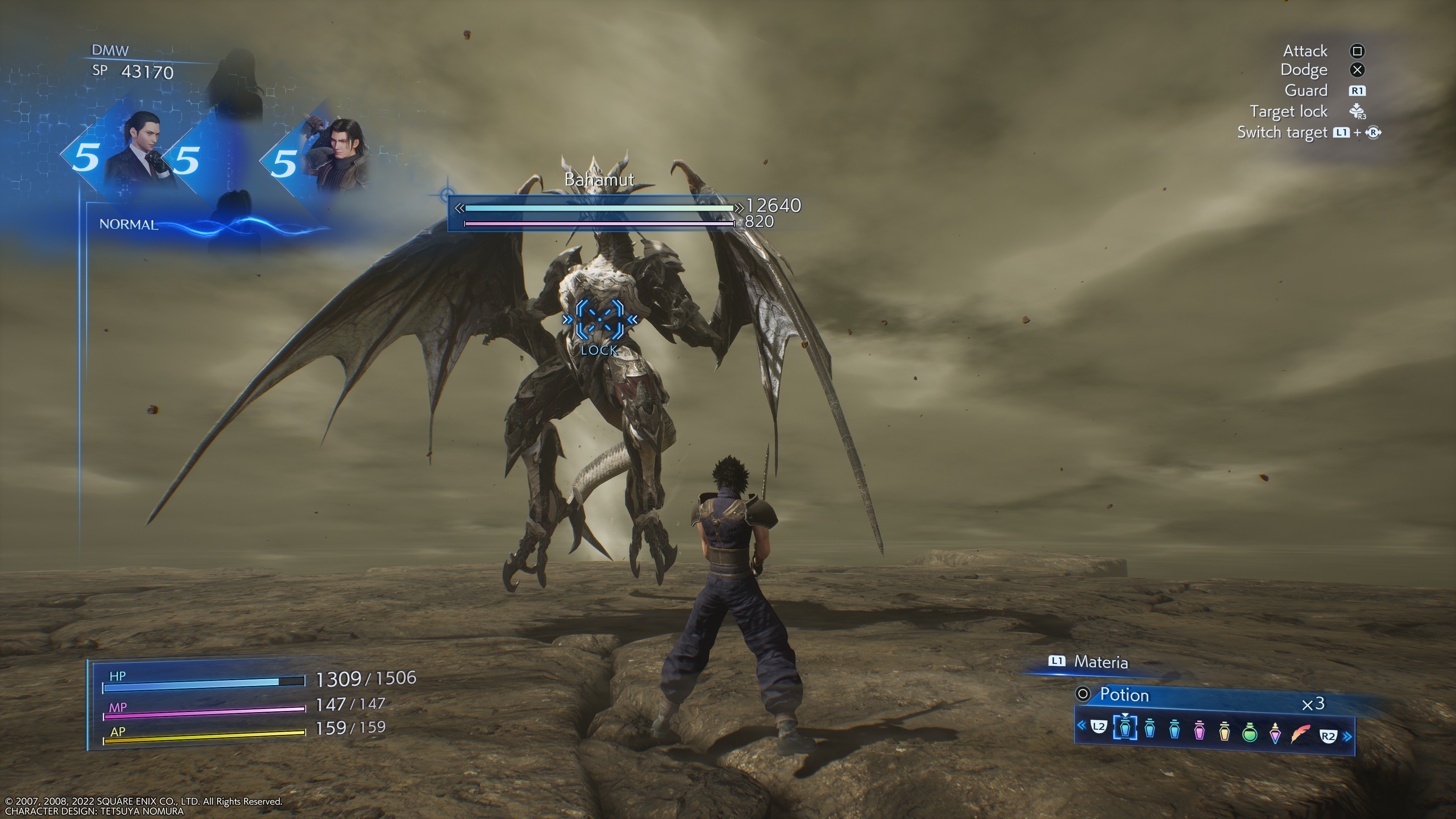
I say this like I was having a calamitous time with Lady Luck, I was not - grinding for materials was quick with the right accessories and materia but it once again comes back to leaving your sense of progression to chance. It felt like I had no control – I didn’t feel like I was getting stronger naturally, just collecting a bunch of stuff to use later in a repetitive cycle of farming SP, ingredients and fusion.
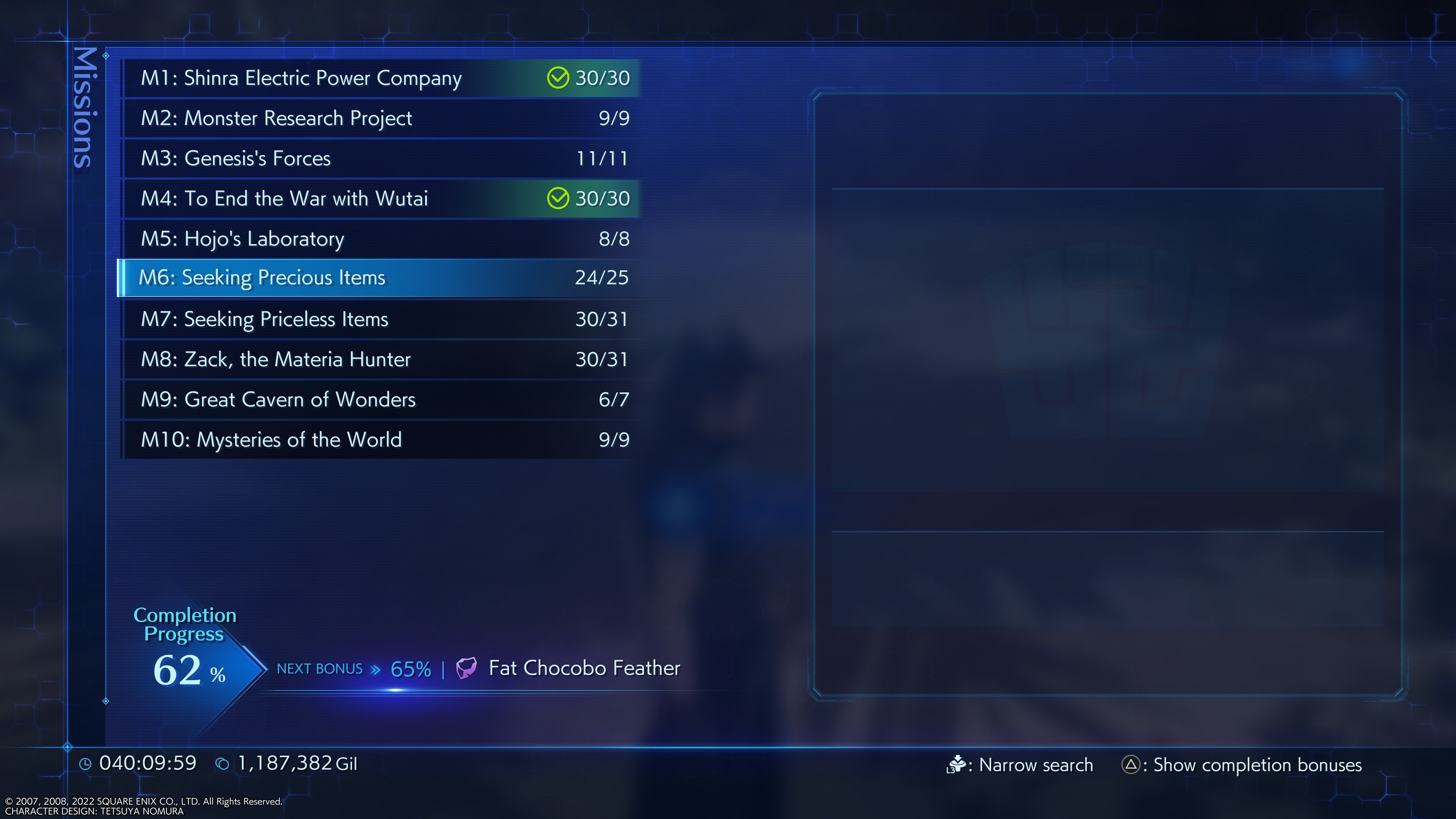
The main story can be completed in around 20 hours with the inclusion of some grinding and the 100% completion (Watch for the plethora of missable missions and events) taking around 60, which is not bad at all for an RPG but the repetitive and arbitrary nature of its mechanics makes it feel much longer. With 300 side missions each taking somewhere between 5 and 25mins to collect the hidden chests within, your time is slowly eaten away running through the same instanced dungeons and maps for little to no reward once you perfect your equipment loadout.
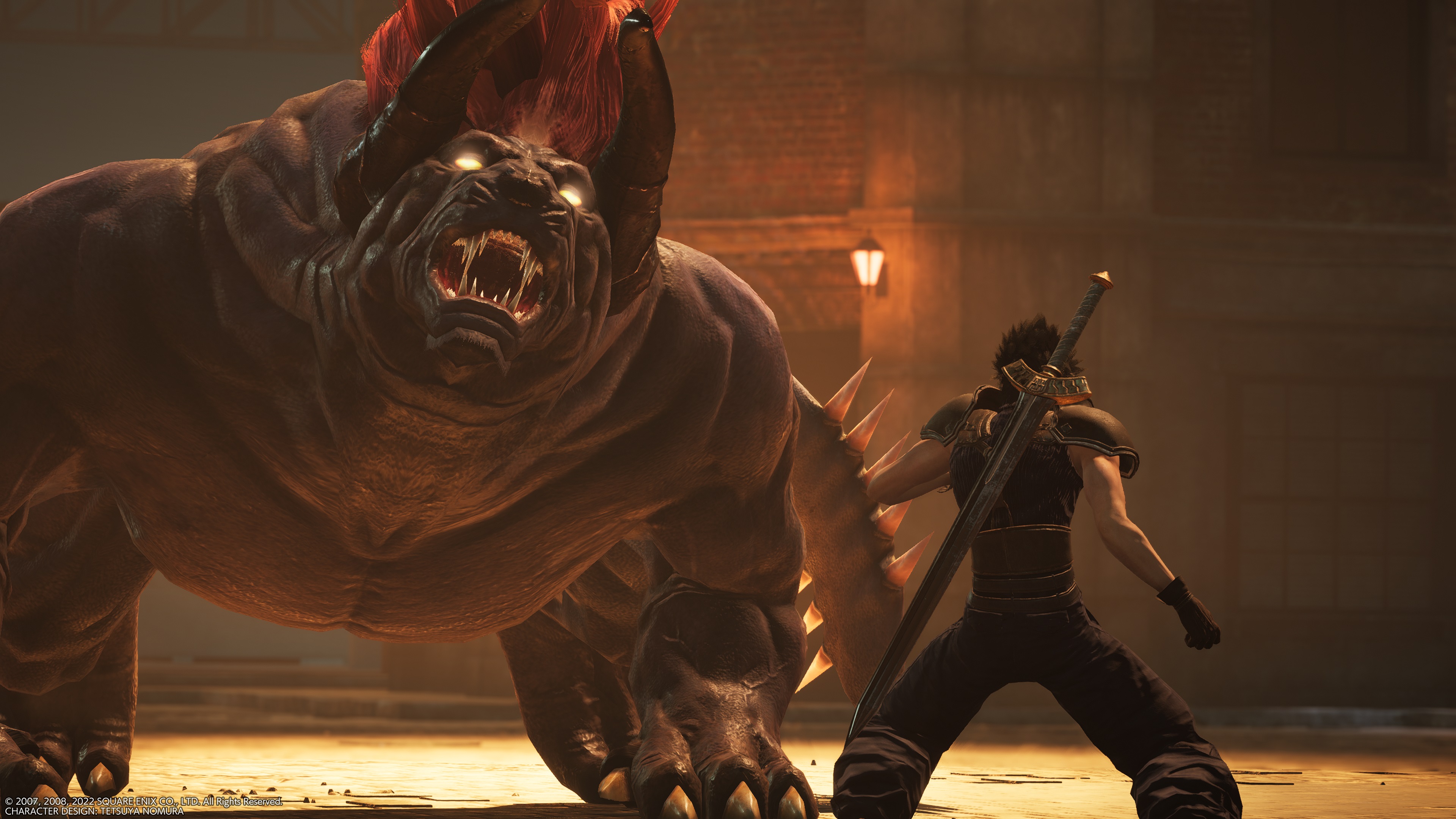
Releasing as a multi-platform title, Reunion is a graphical downgrade from the remake and while it is not usually something I would like to make note of considering its own preface as a HD remaster, image fidelity and framerates change on a dime from cutscene to gameplay where the pre-rendered content from 2007 and the console capabilities conflict. As such, it consistently showed signs of disconnect from being its own remaster.
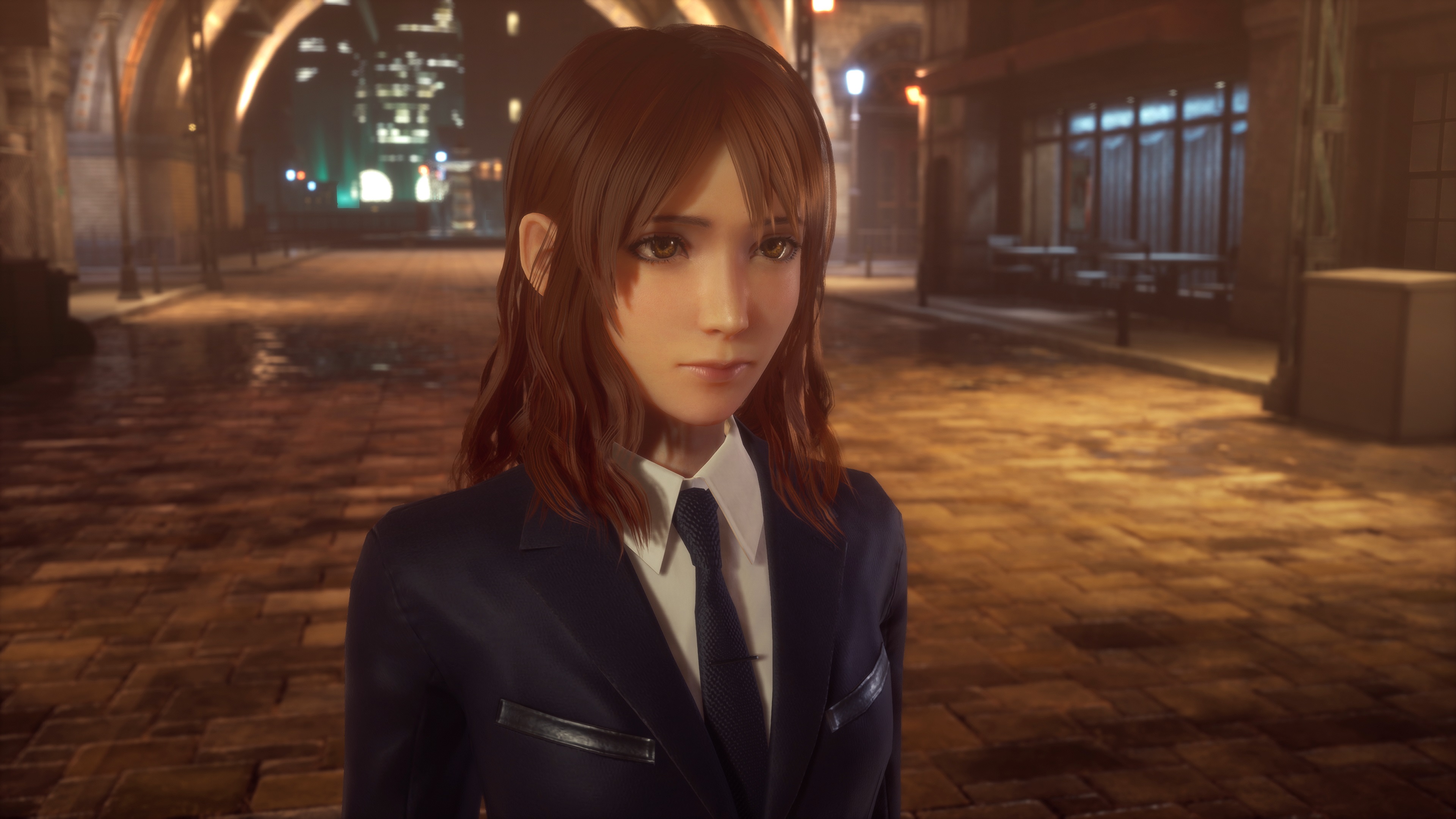
As far as the storyline goes however, Crisis Core Reunion is mostly enjoyable. It is nice to see the mainline cast given some extra backstory and the newcomers are also mostly interesting. Eurogamer criticized that “for the twenty-six, twenty-eight, thirty-year-olds who it’s aimed at, the game has little to offer beyond polished sentimentality” and I tend to agree. The early chapters of the game are not necessarily pertinent to Final Fantasy VII and instead flesh out the background story and lore of characters we may or may not see going forward. I can only hope we do, nevertheless you have to like these prequel characters to find worth in learning more about them and their relevance to the Final Fantasy VII compilation, which leads me to my next point.
I found the dialogue in Crisis Core especially corny and confusing. The pacing and cadence of the voice over feels oddly spliced and unnatural which is probably why I felt so uninvested in the game’s early chapters. The main antagonist Genesis specifically talks in more riddles than Edward Nigma and just barely plays a reactive role in conversation– instead choosing to continue a nonsensical monologue, leaving the rest of the cast tilting their heads or explaining for them. There was a gradual improvement of storytelling however, towards the last 3-4 chapters dialogue and pacing began to pick up as the pieces started to make better sense in relation to the story going forward – feeling less redundant and obnoxiously cryptic.
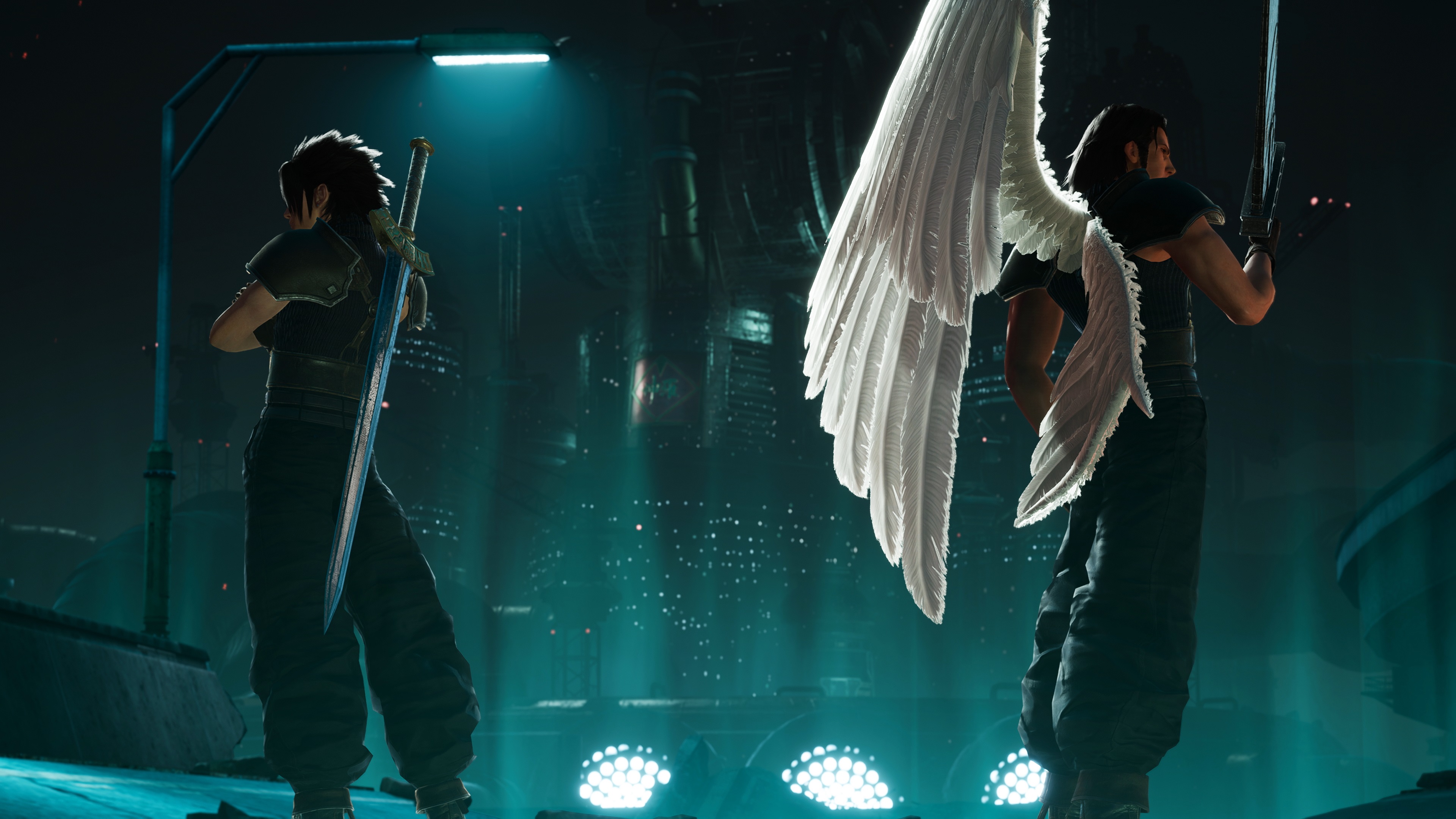
Crisis Core Reunion is arguably the baseline for which the entirety of the Final Fantasy VII story springboards from so it is unfortunate that so much of the game doesn’t hit the right notes, there’s not a lot here that I can recommend to newcomers of the series but diehard fans will find more than enough to keep them entertained, if not just for the pure nostalgia.
